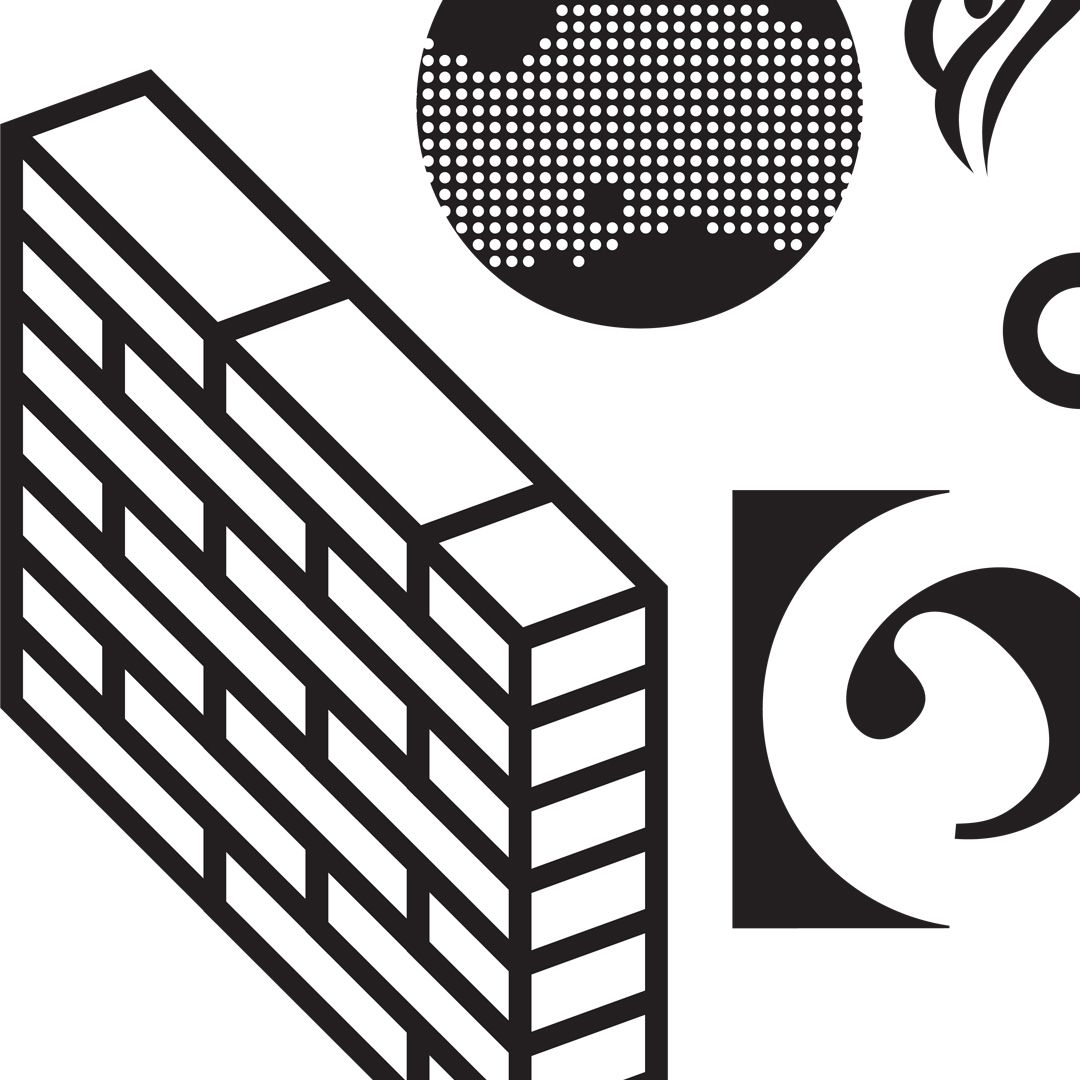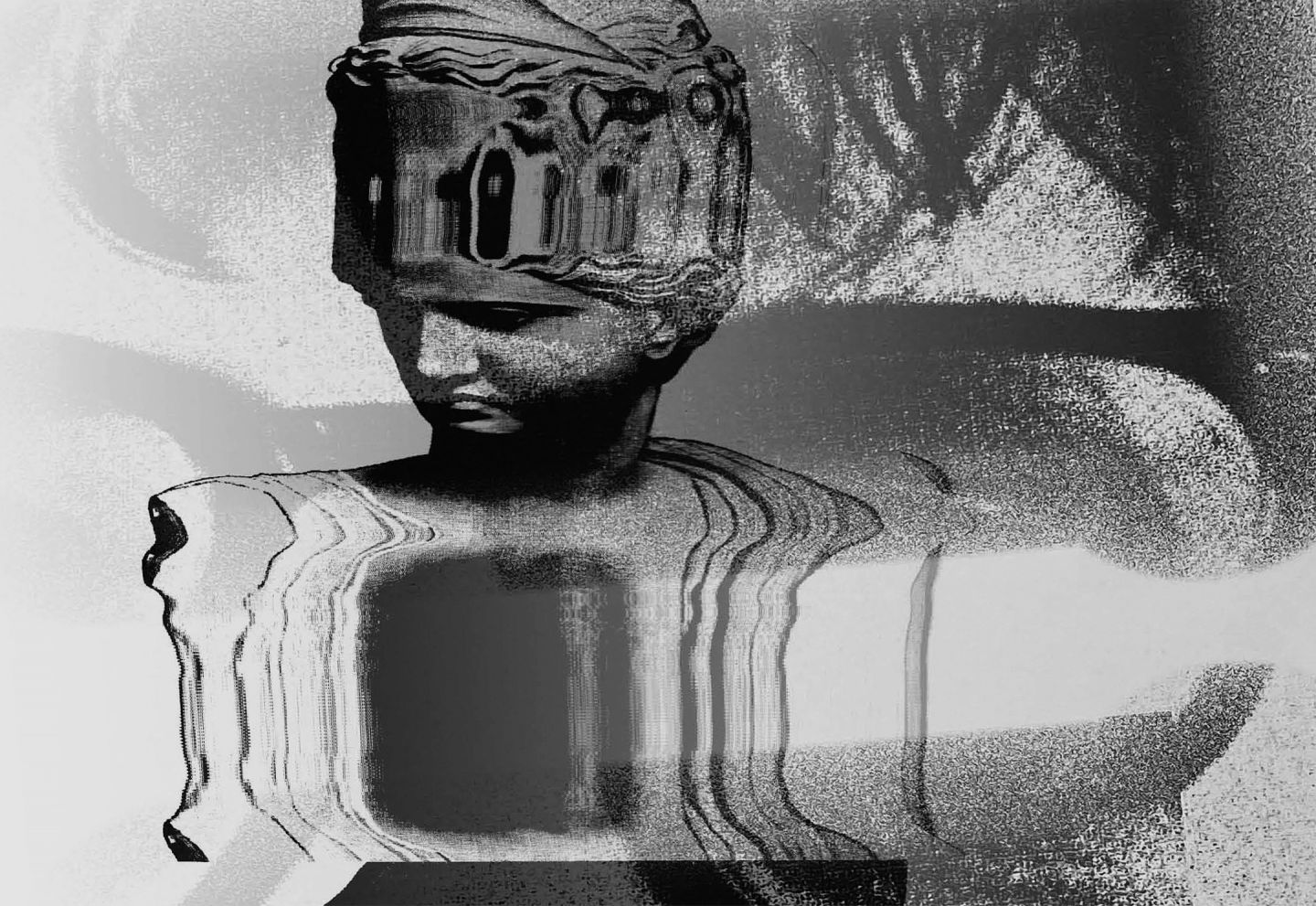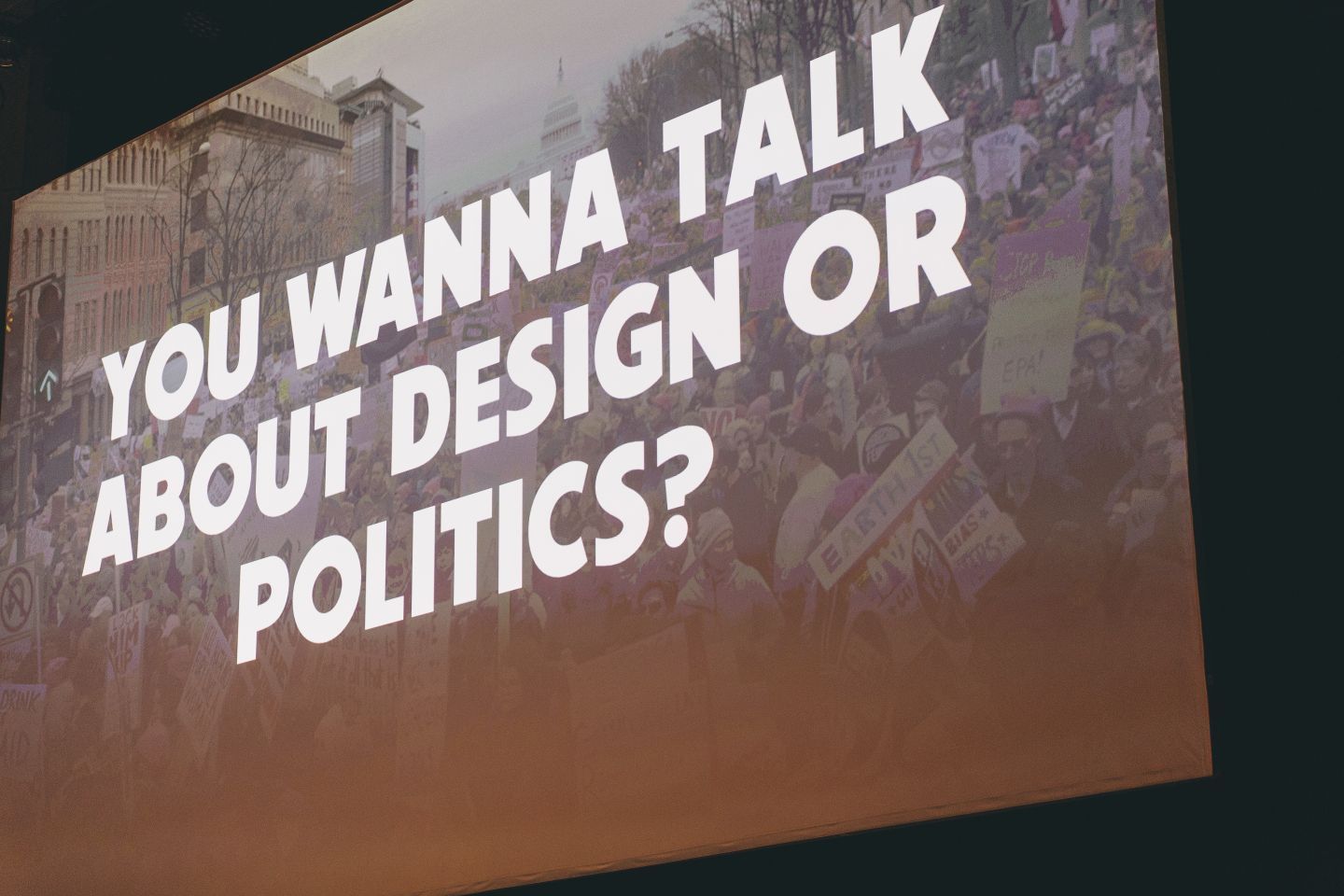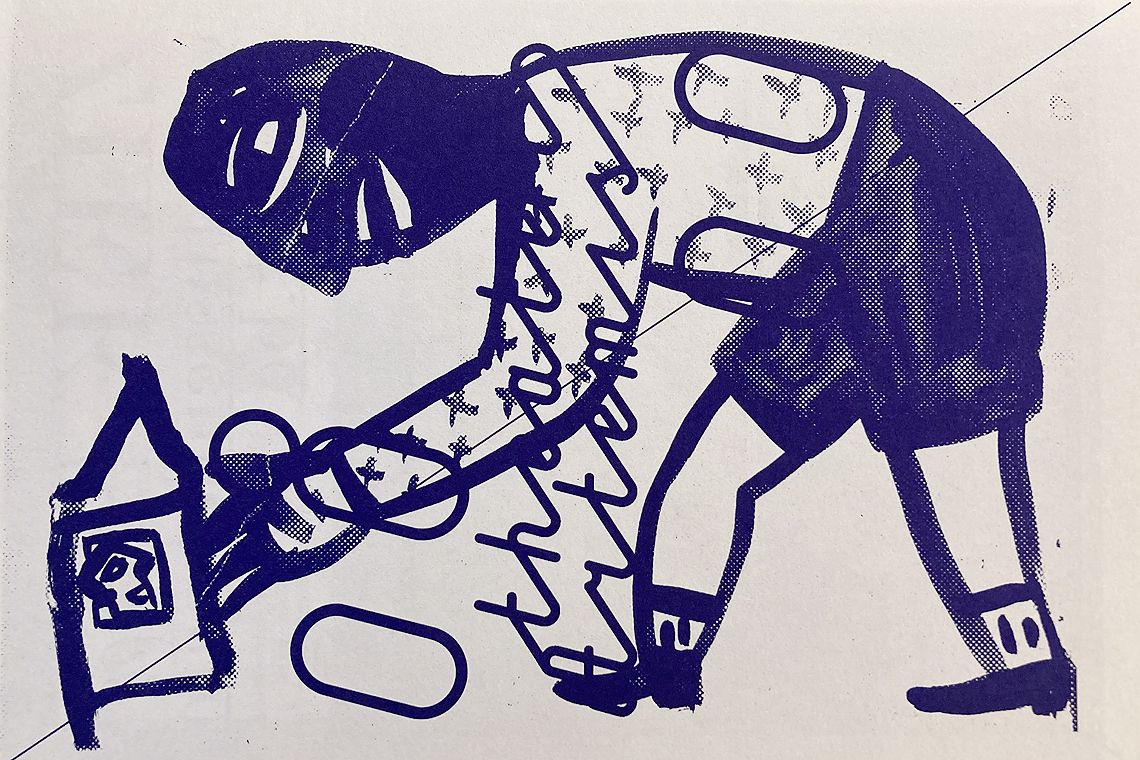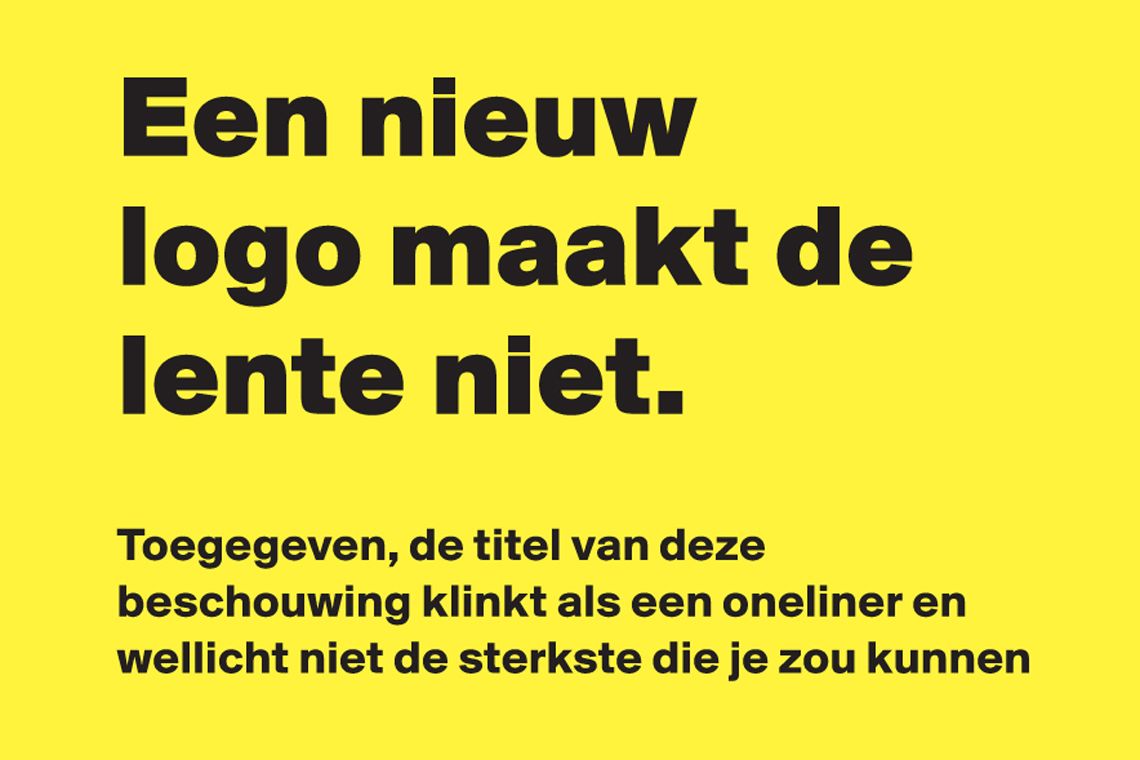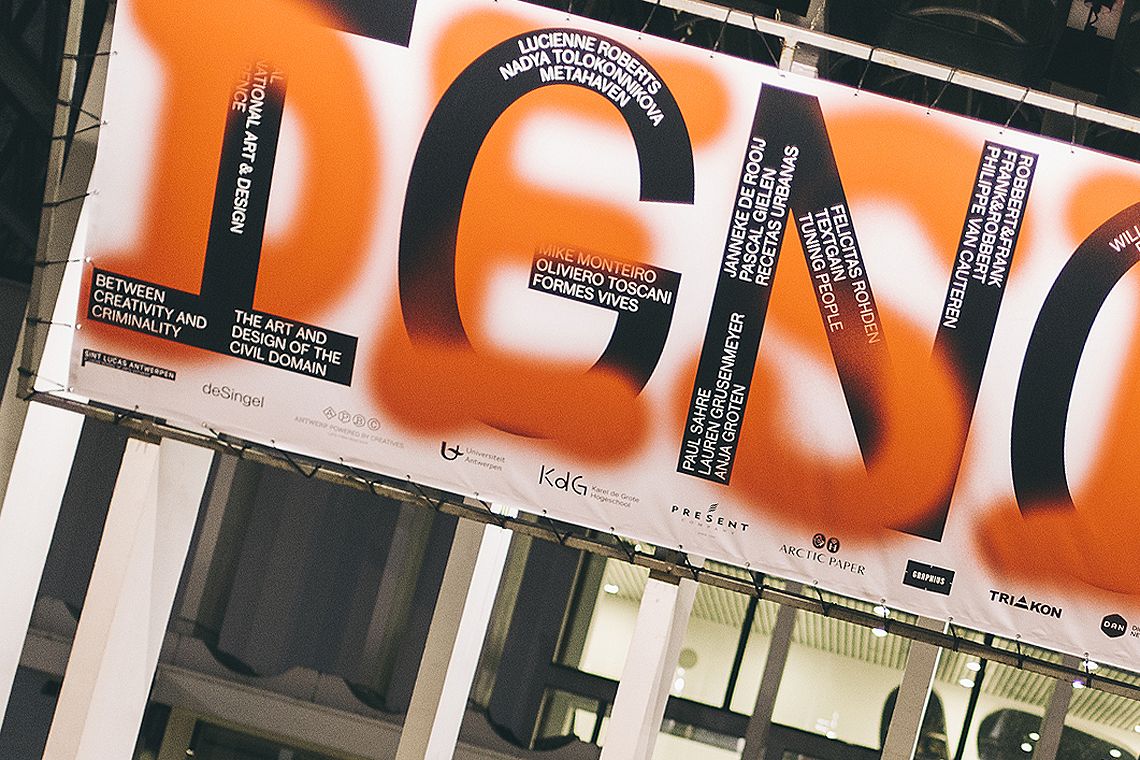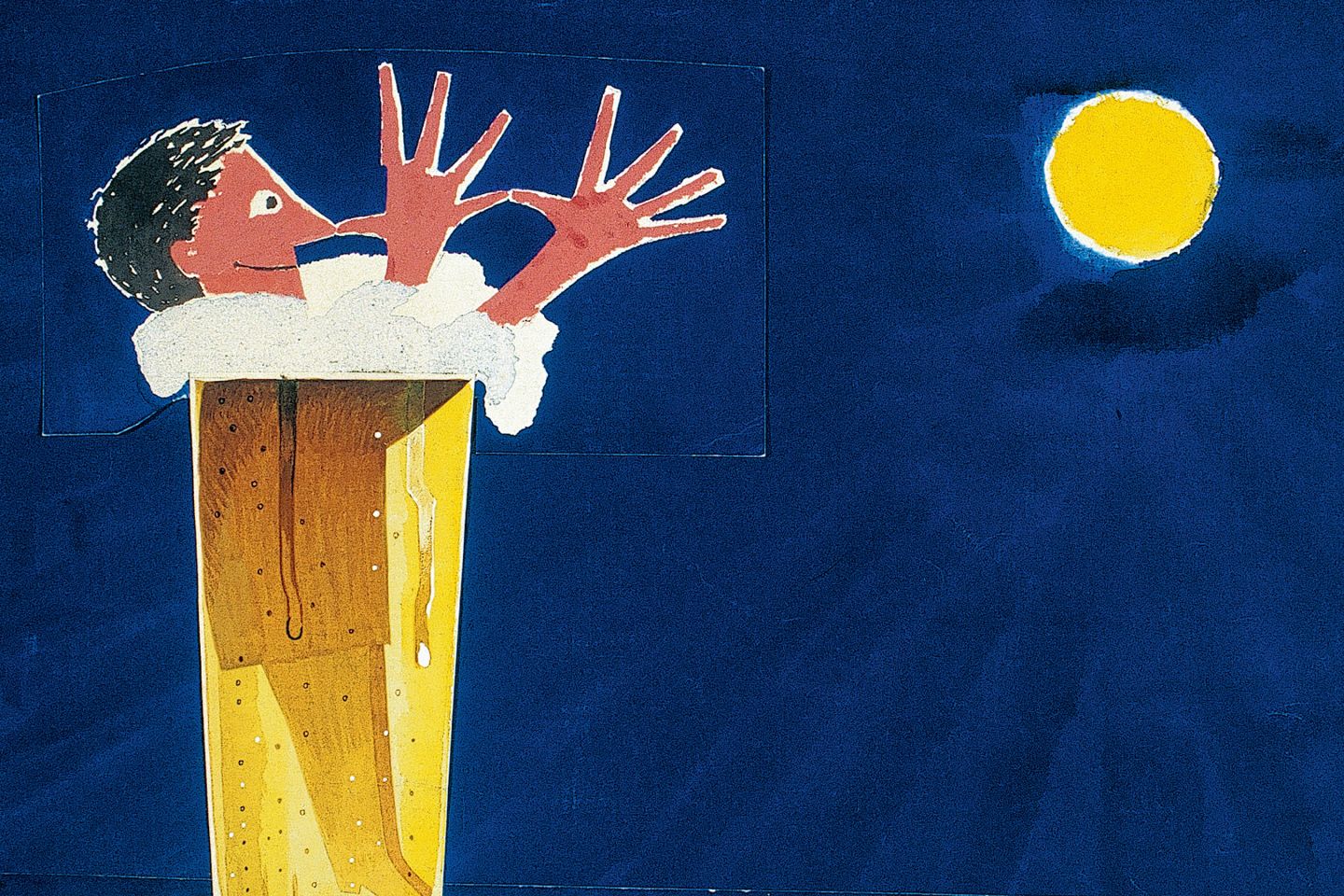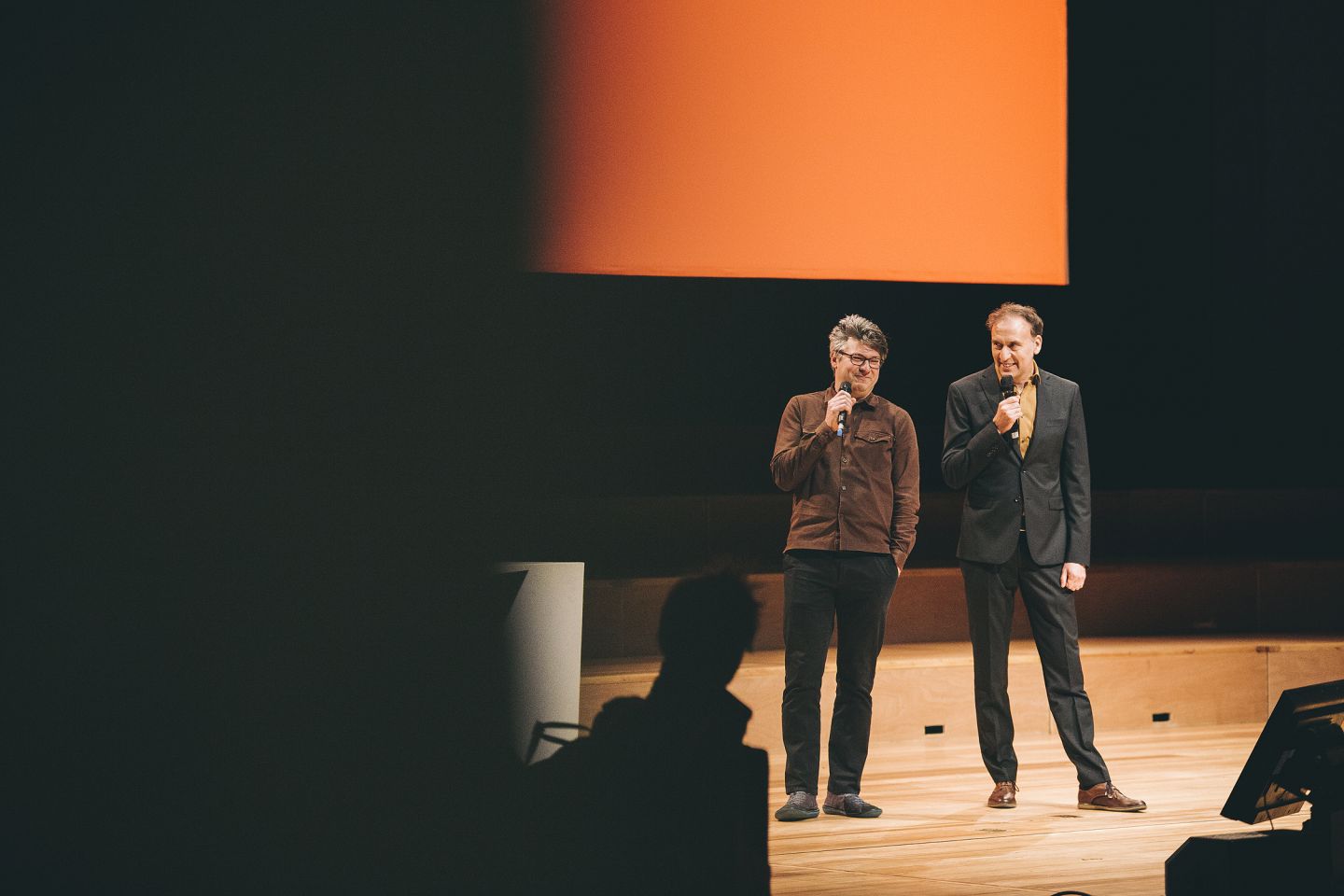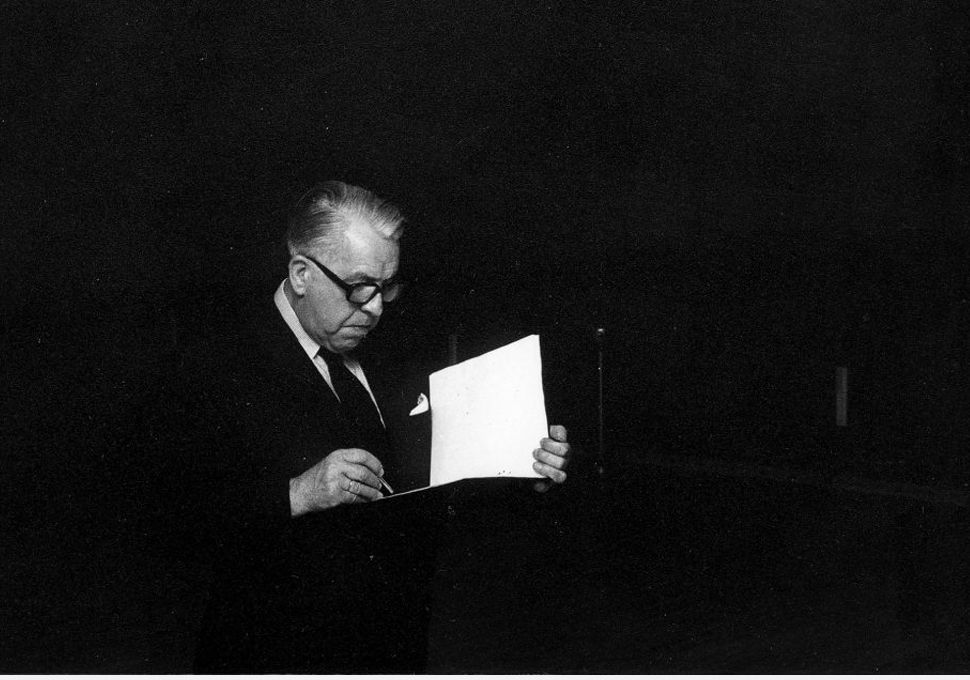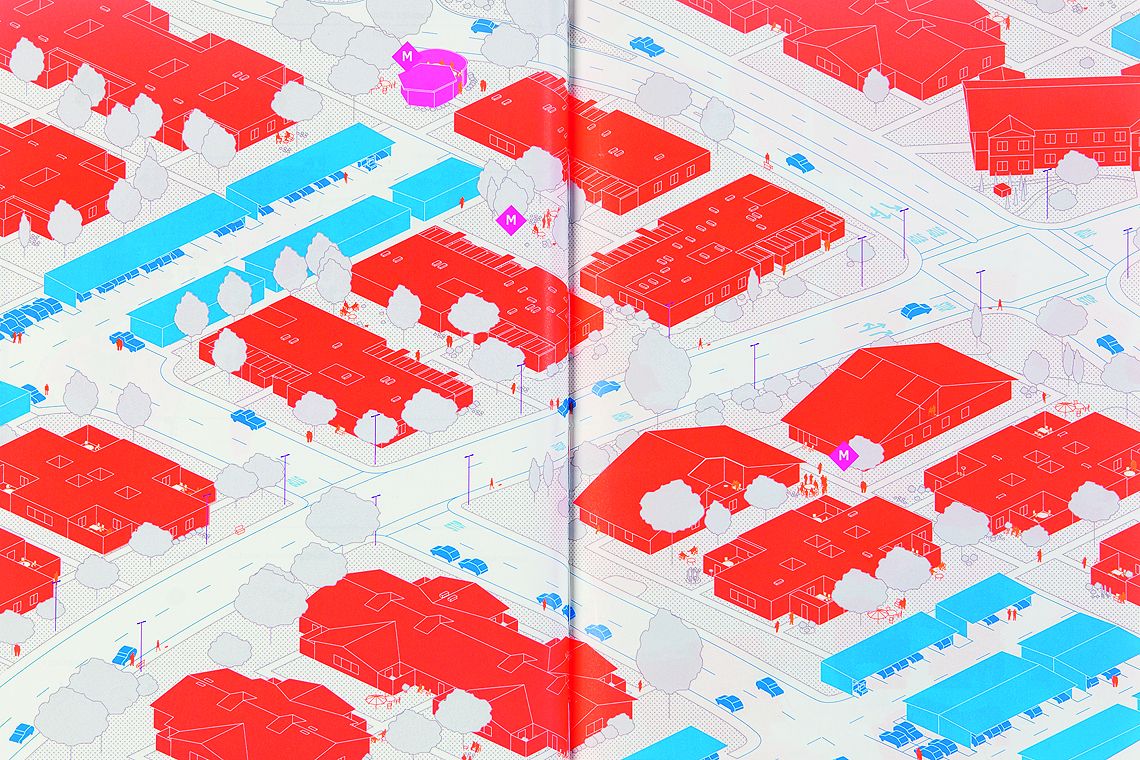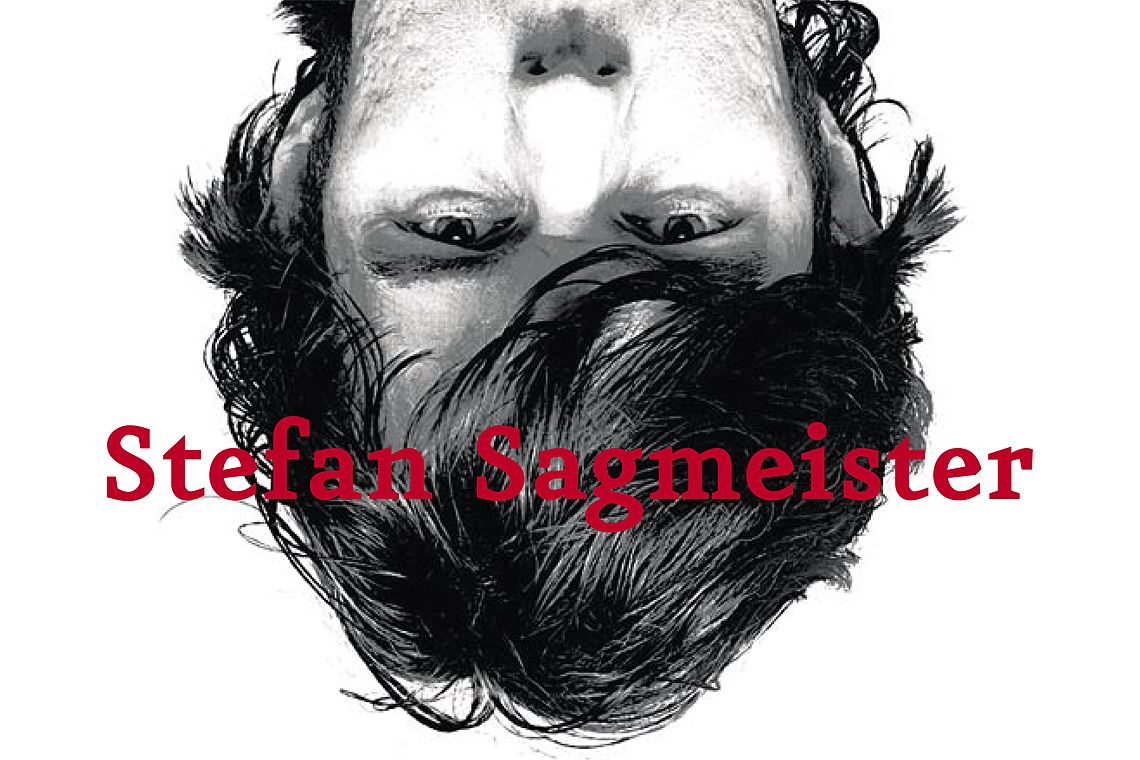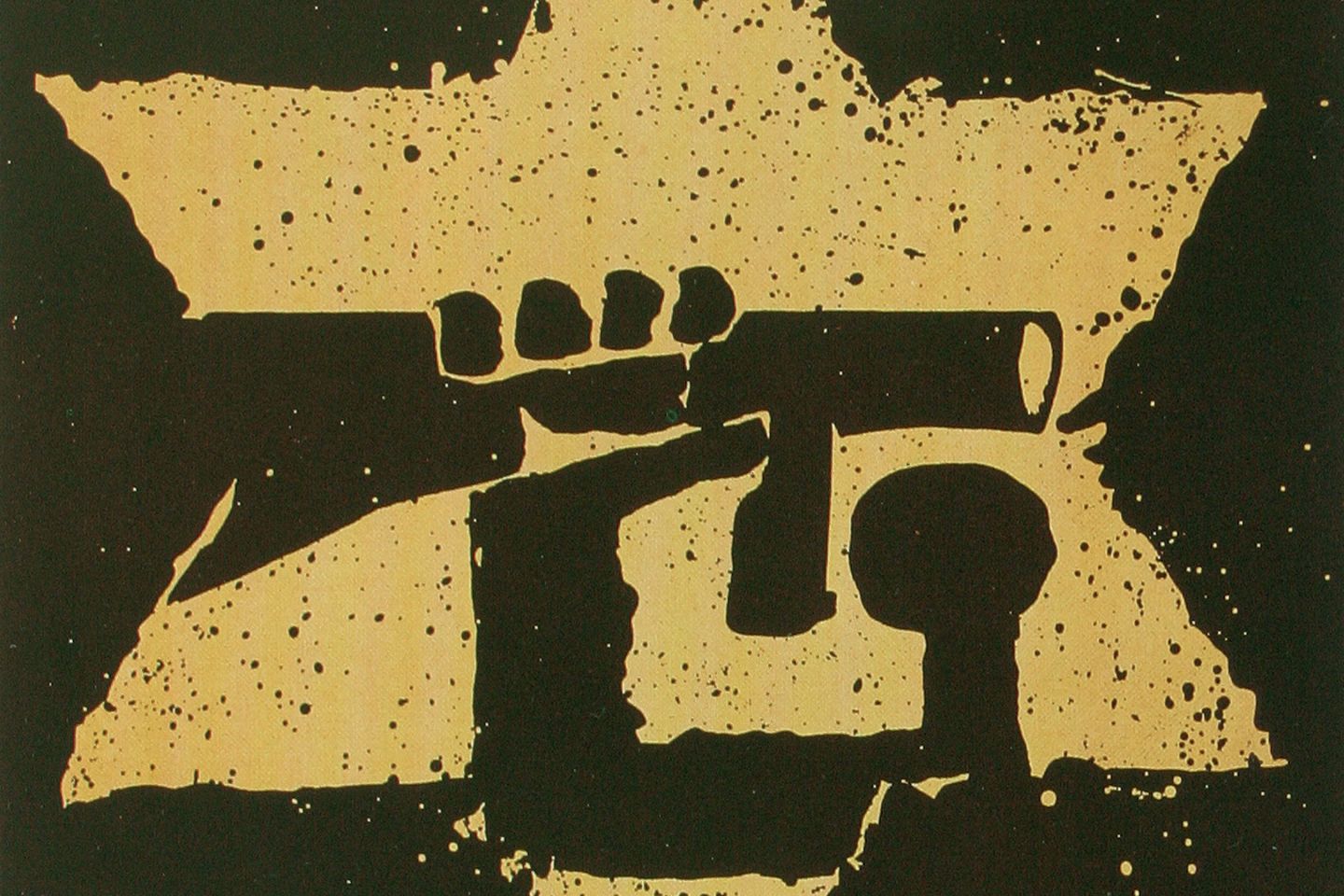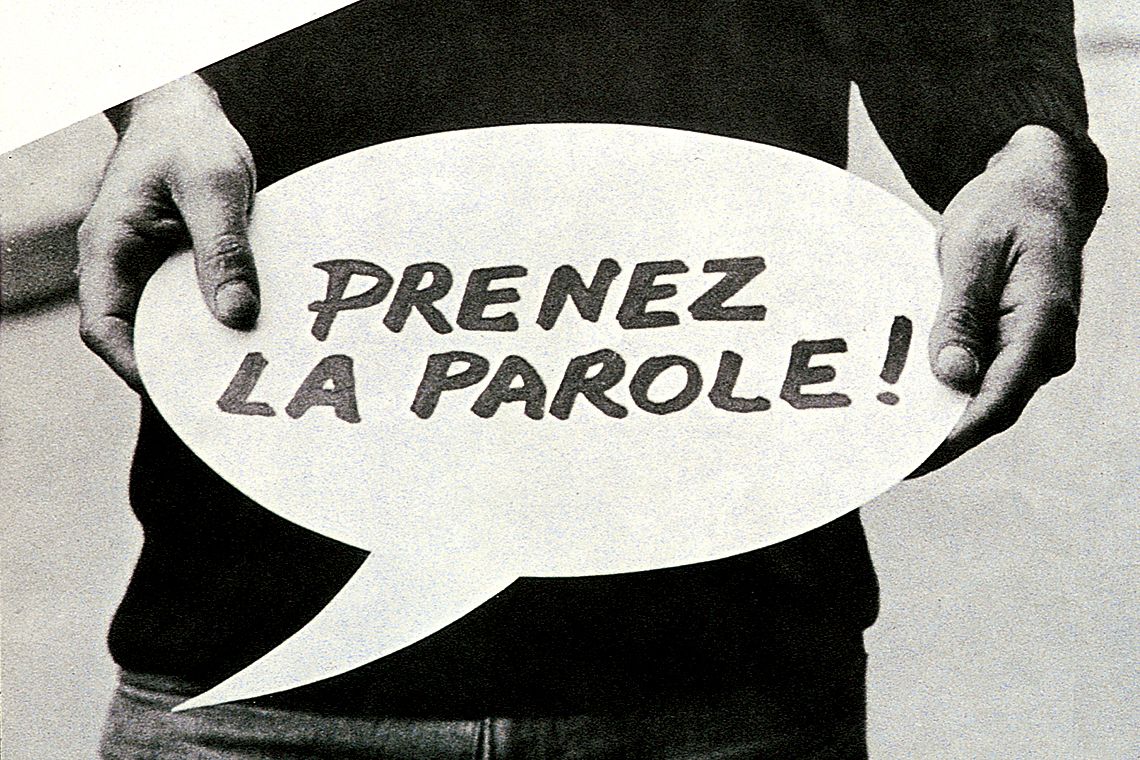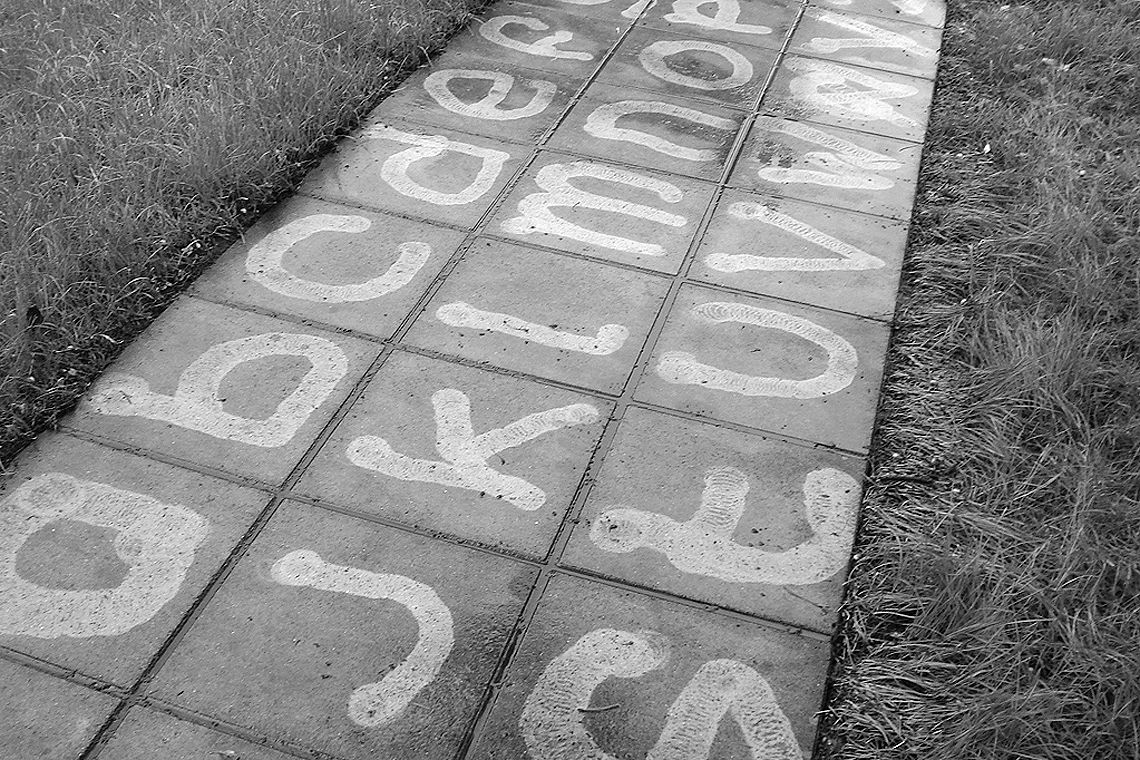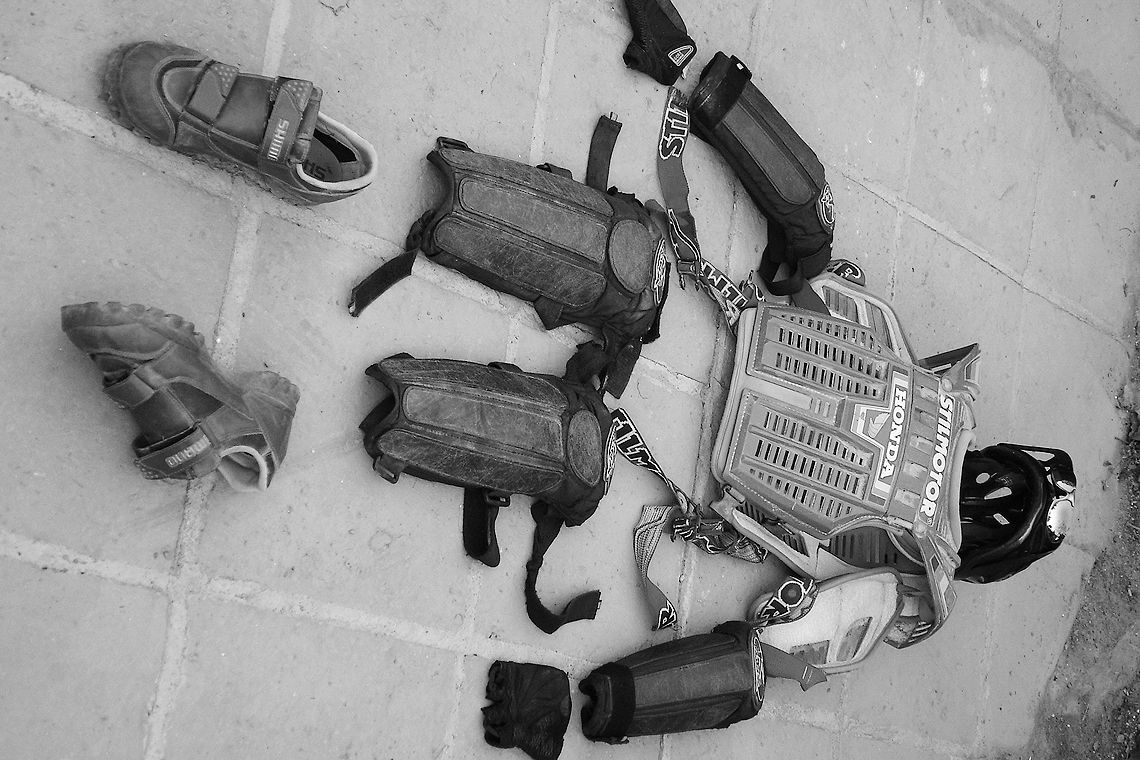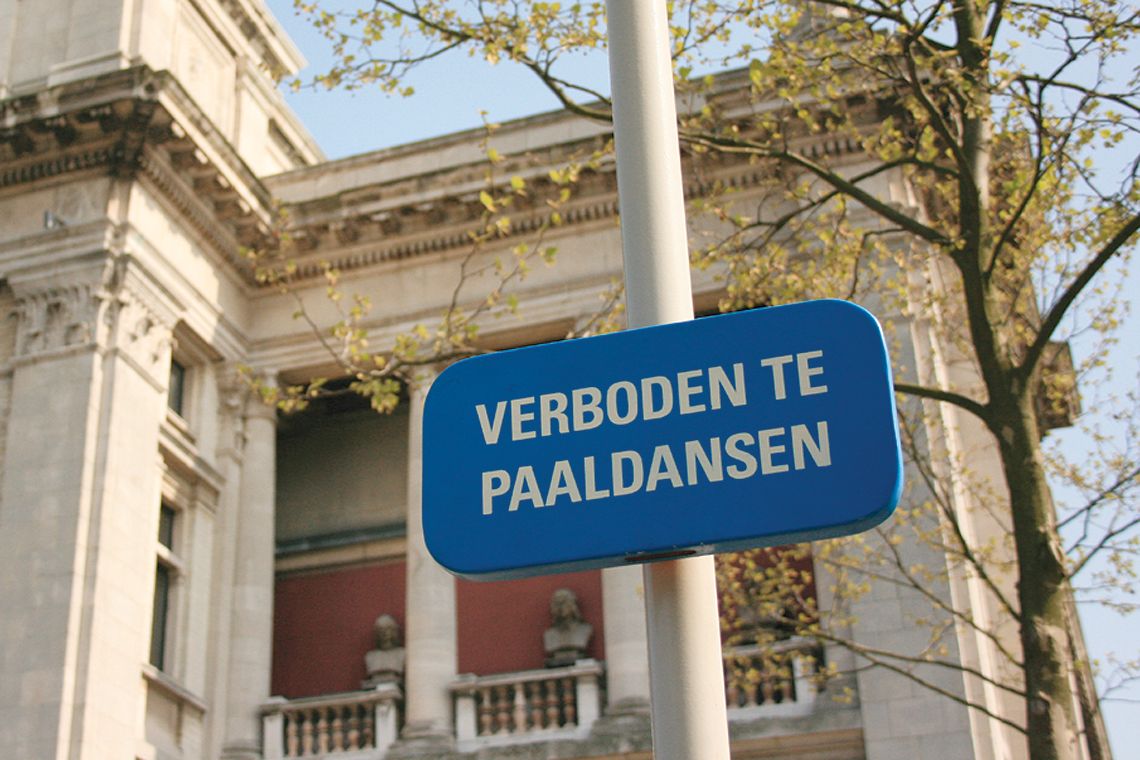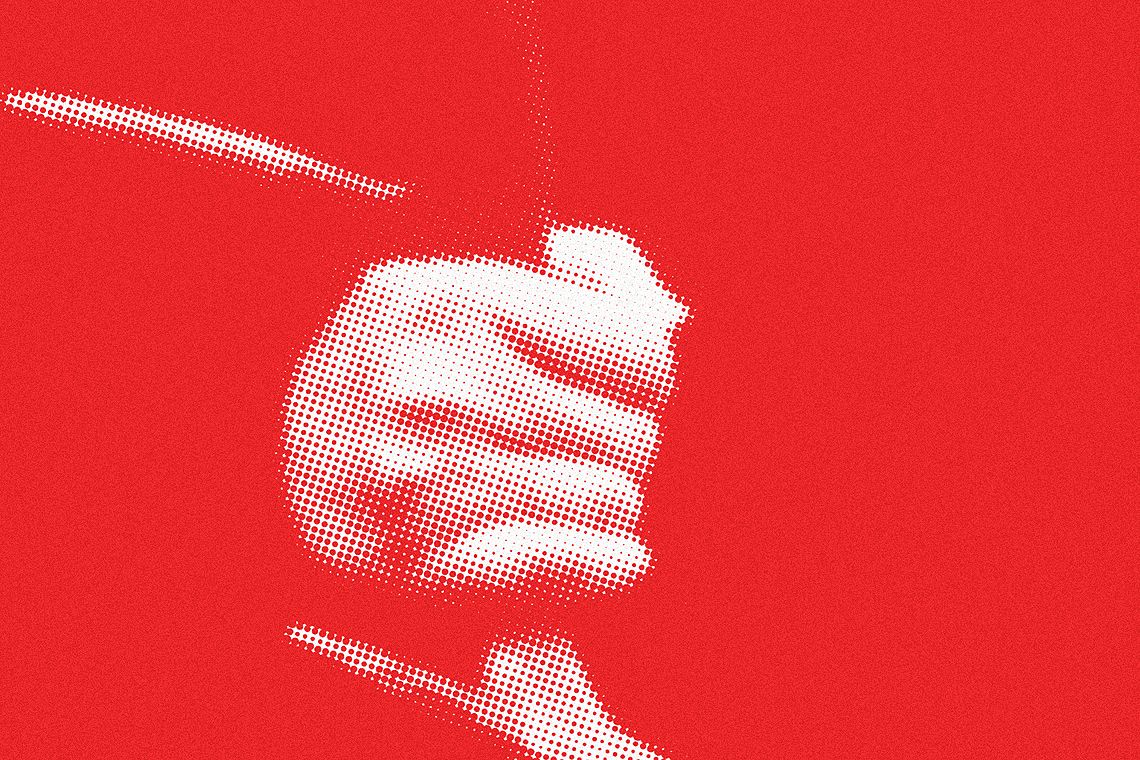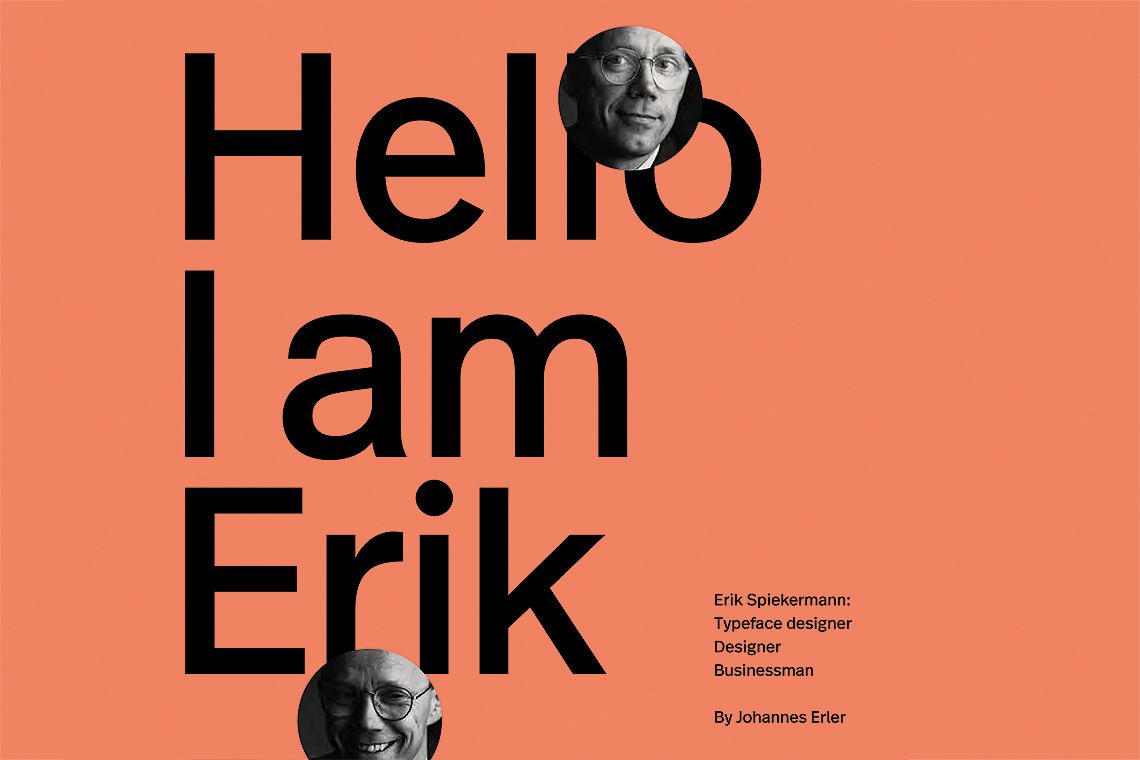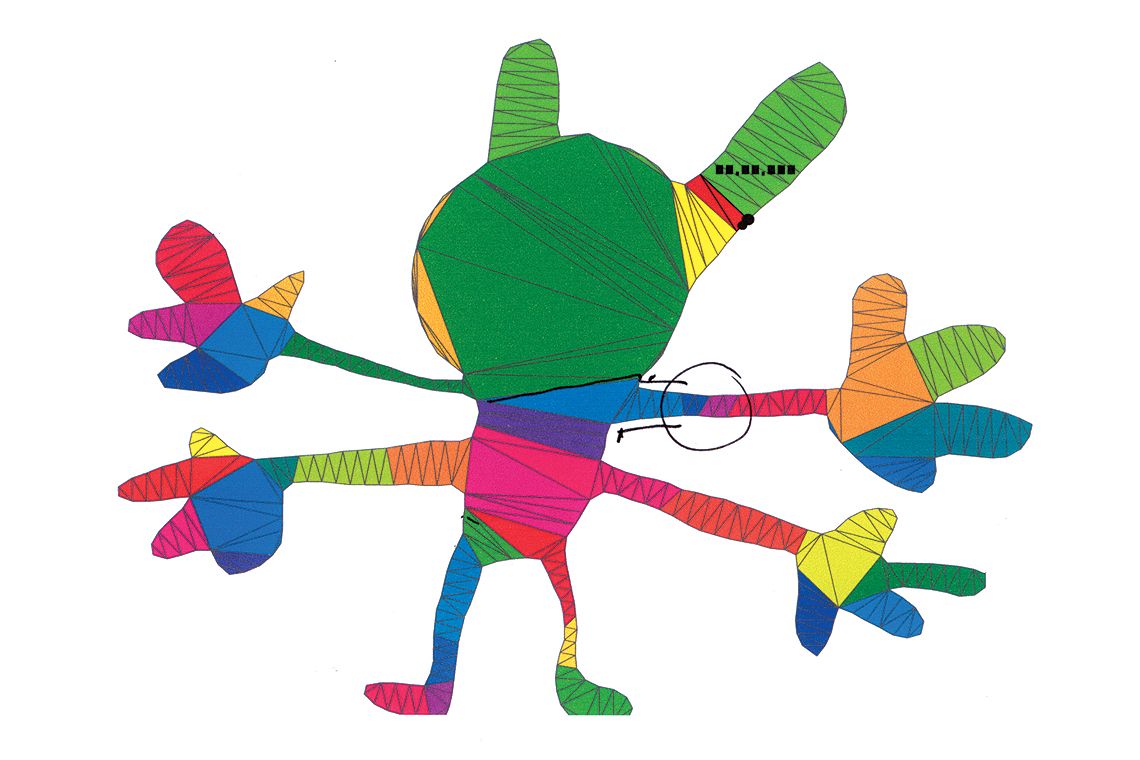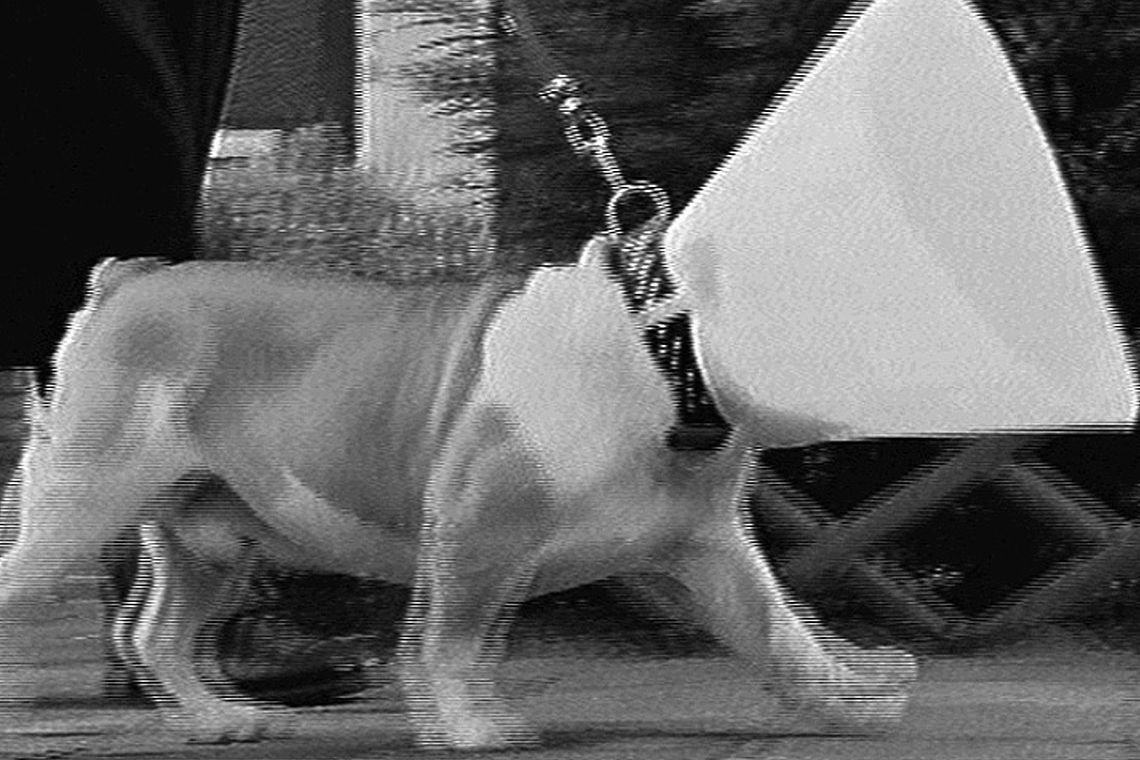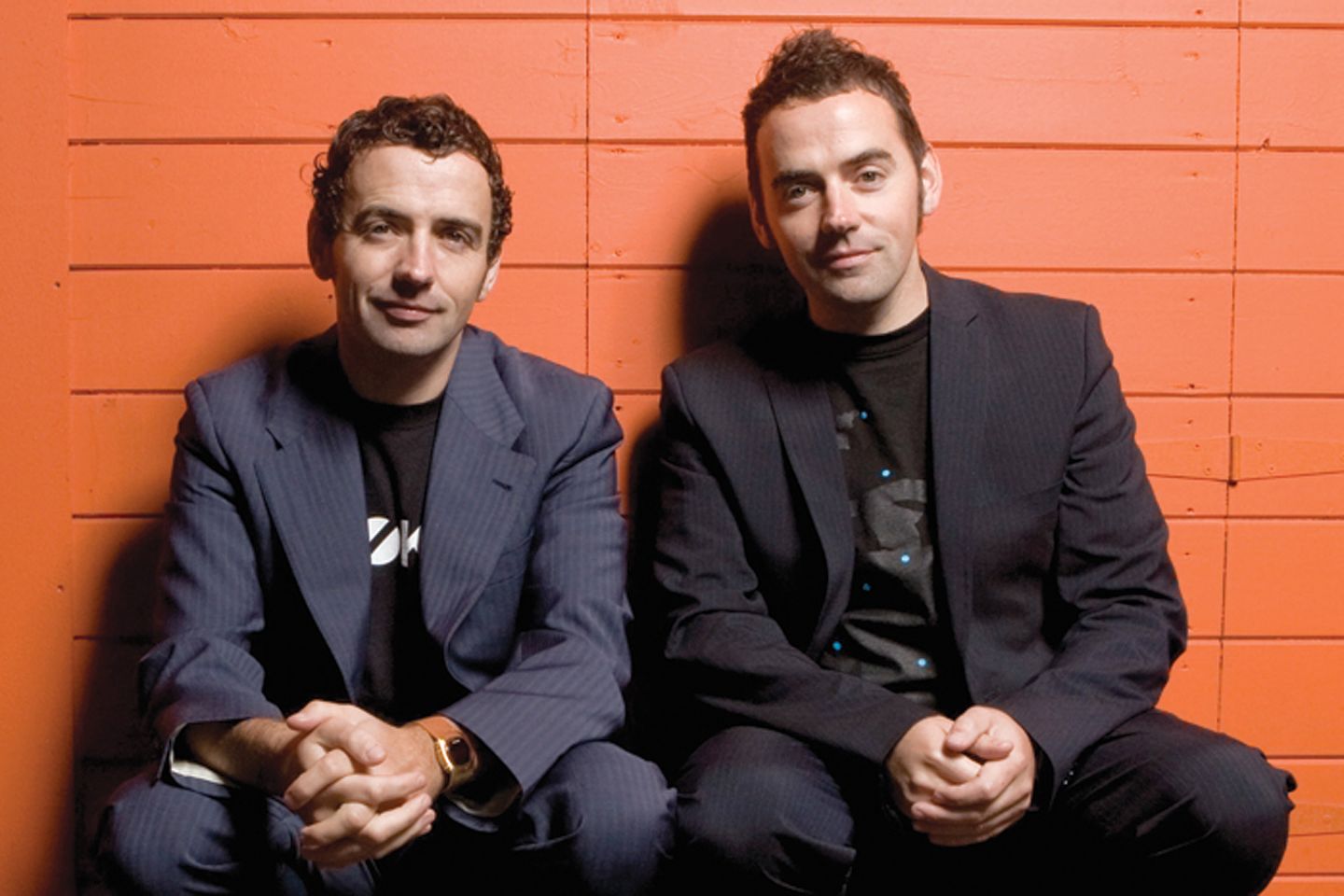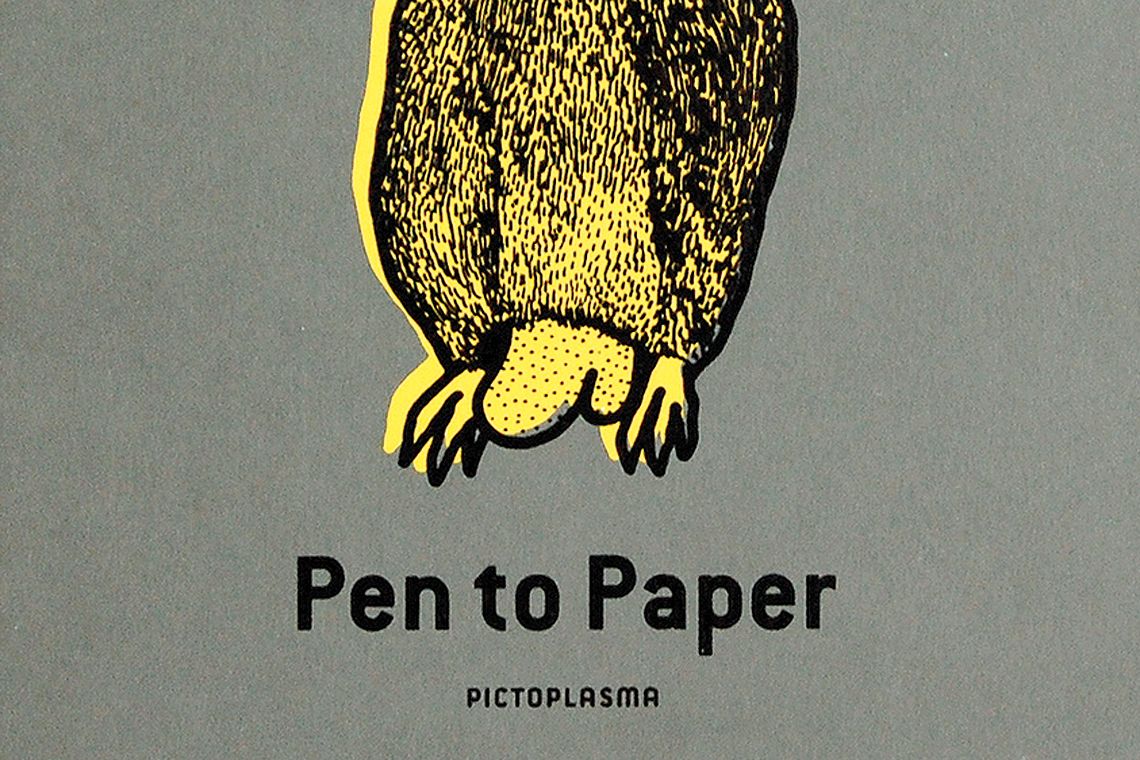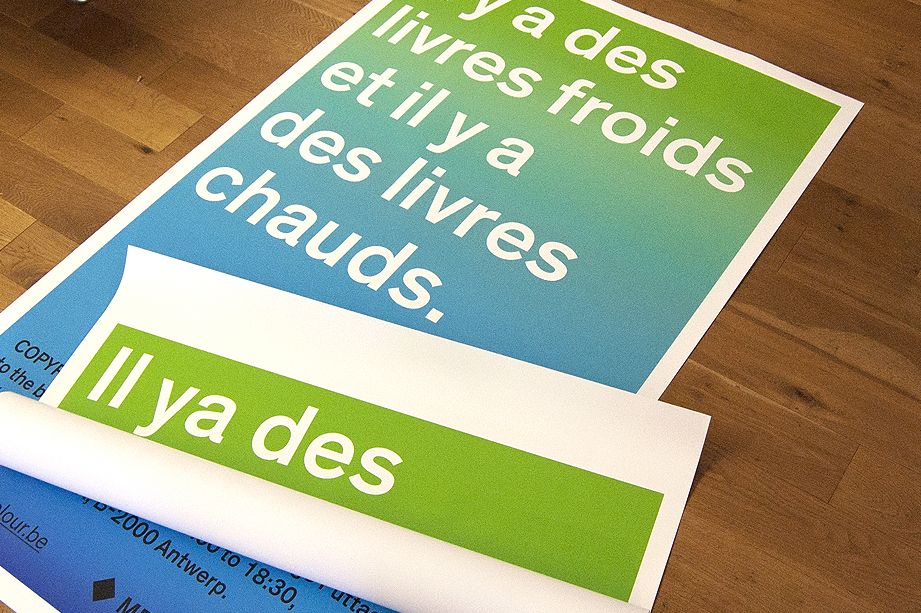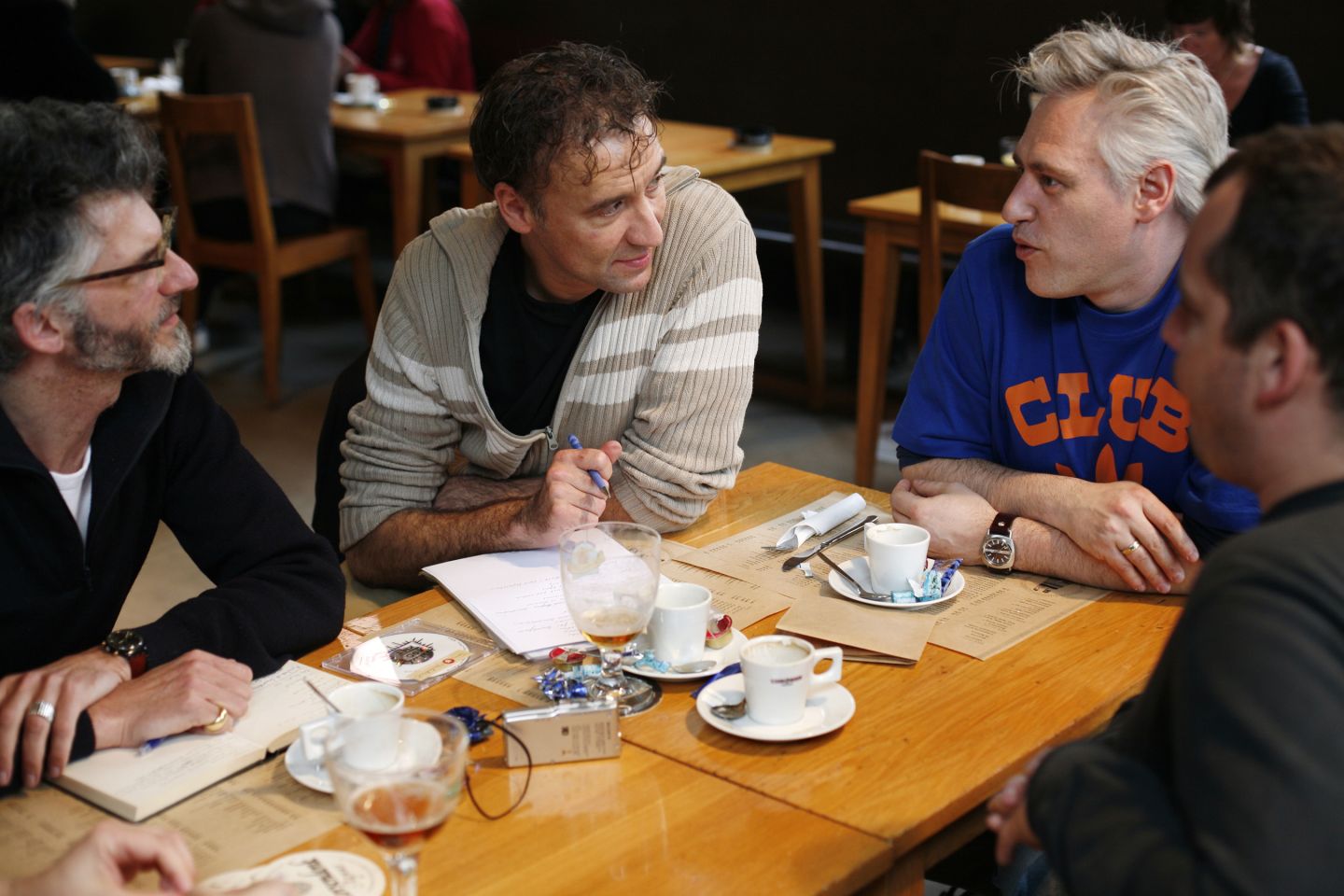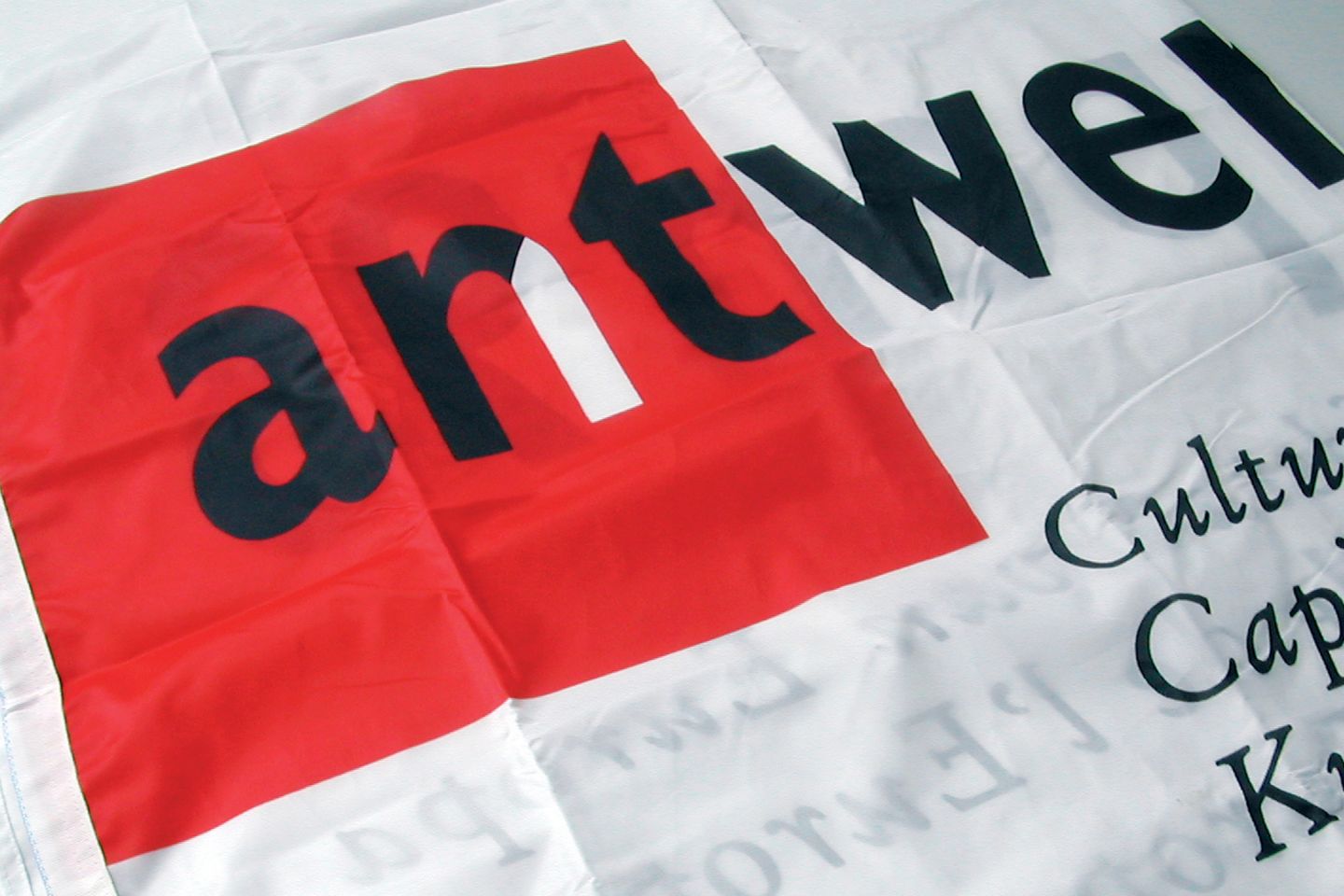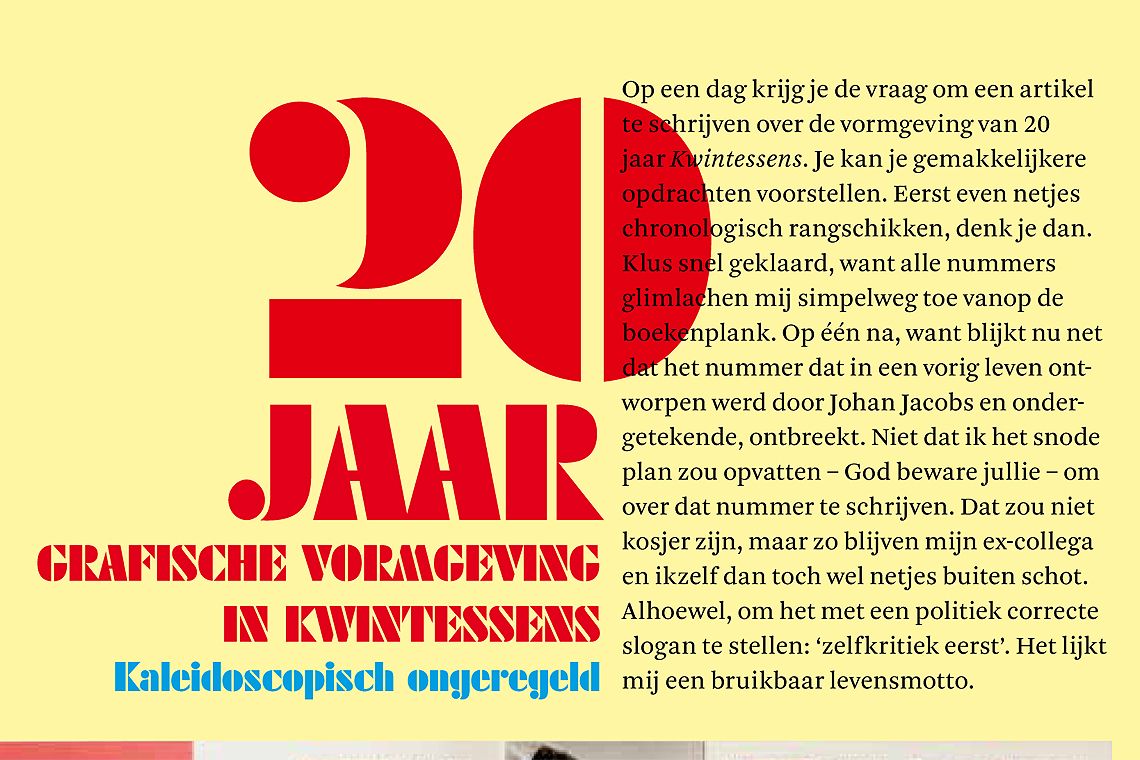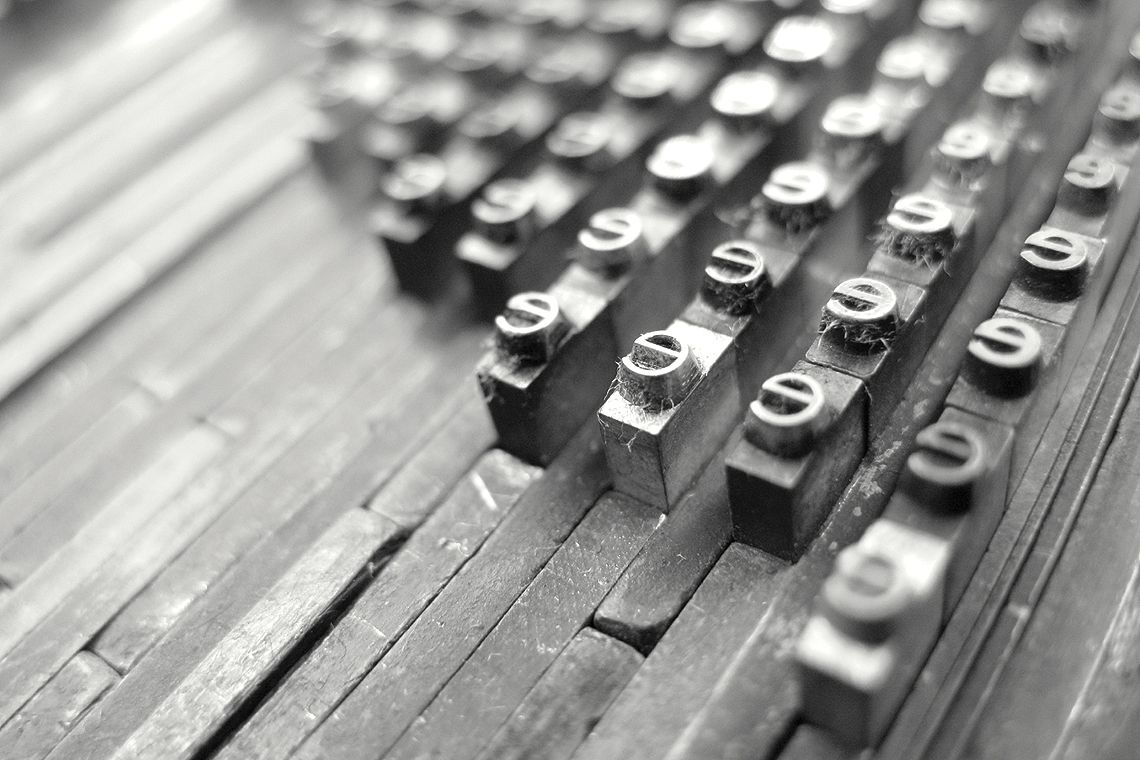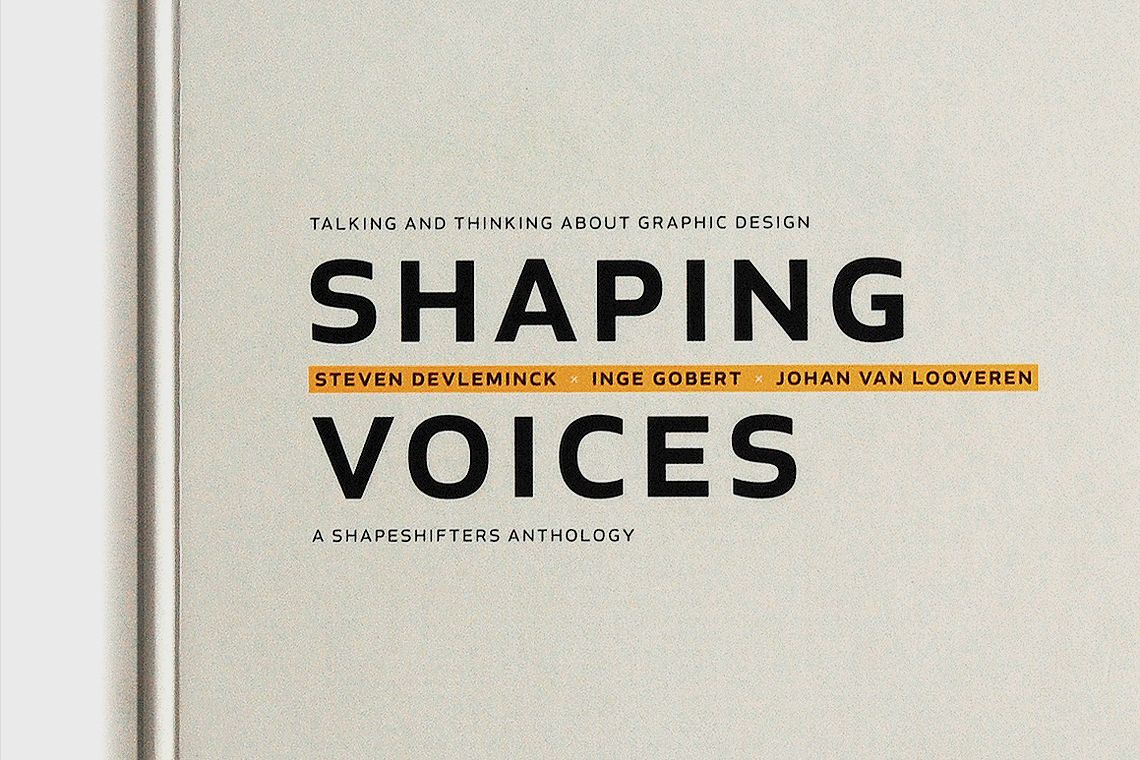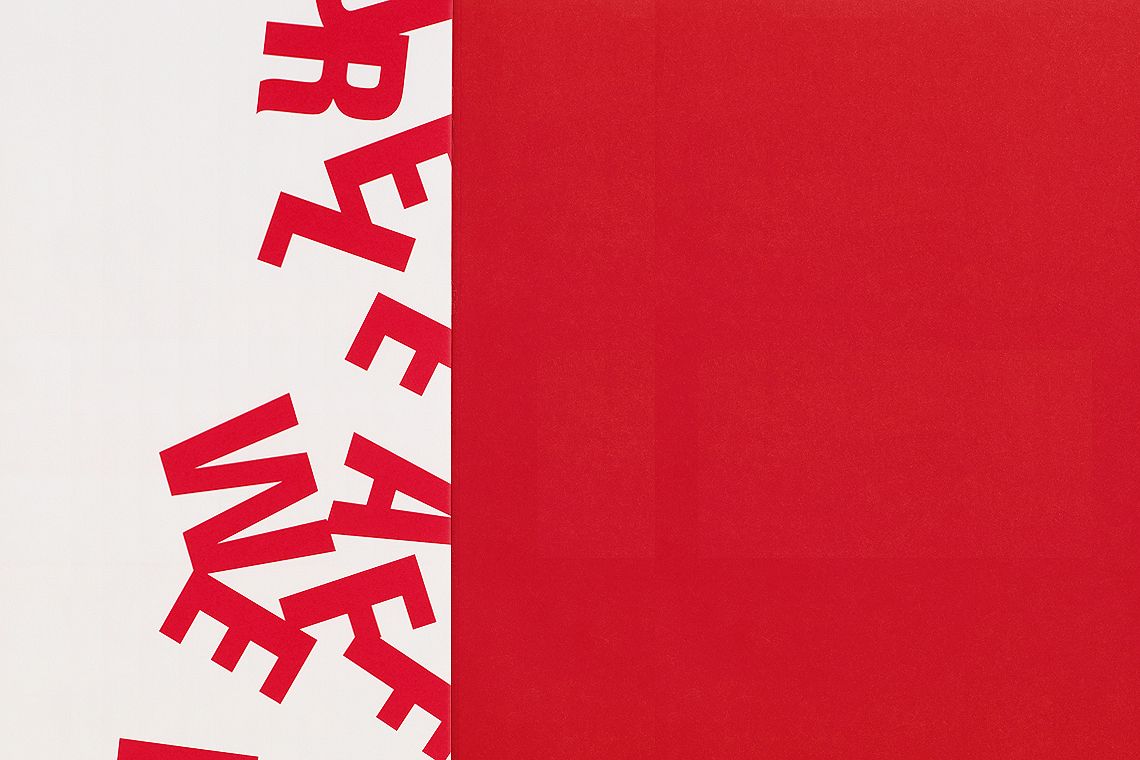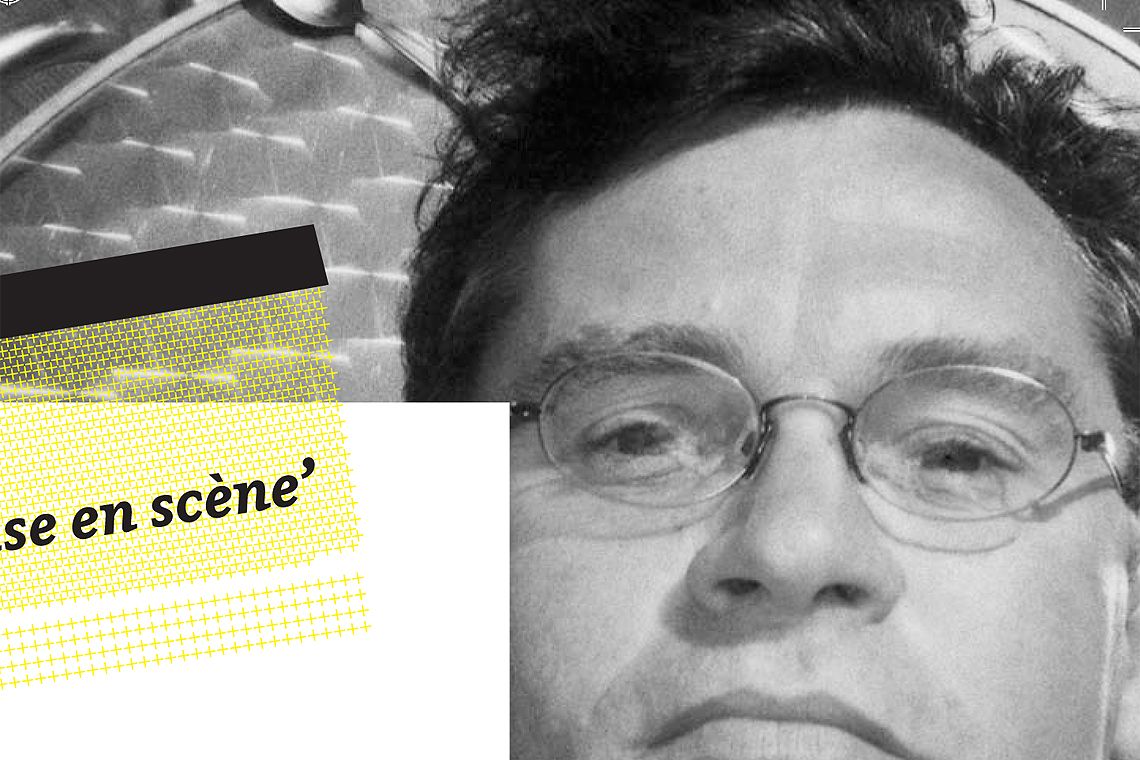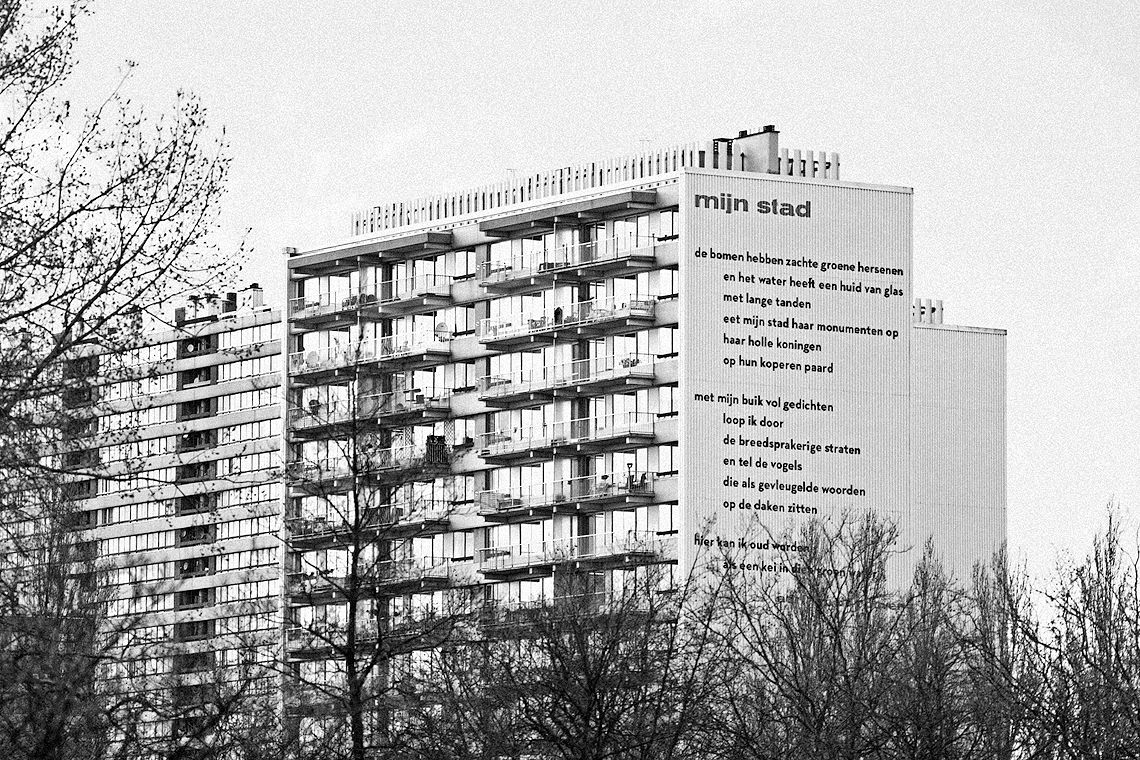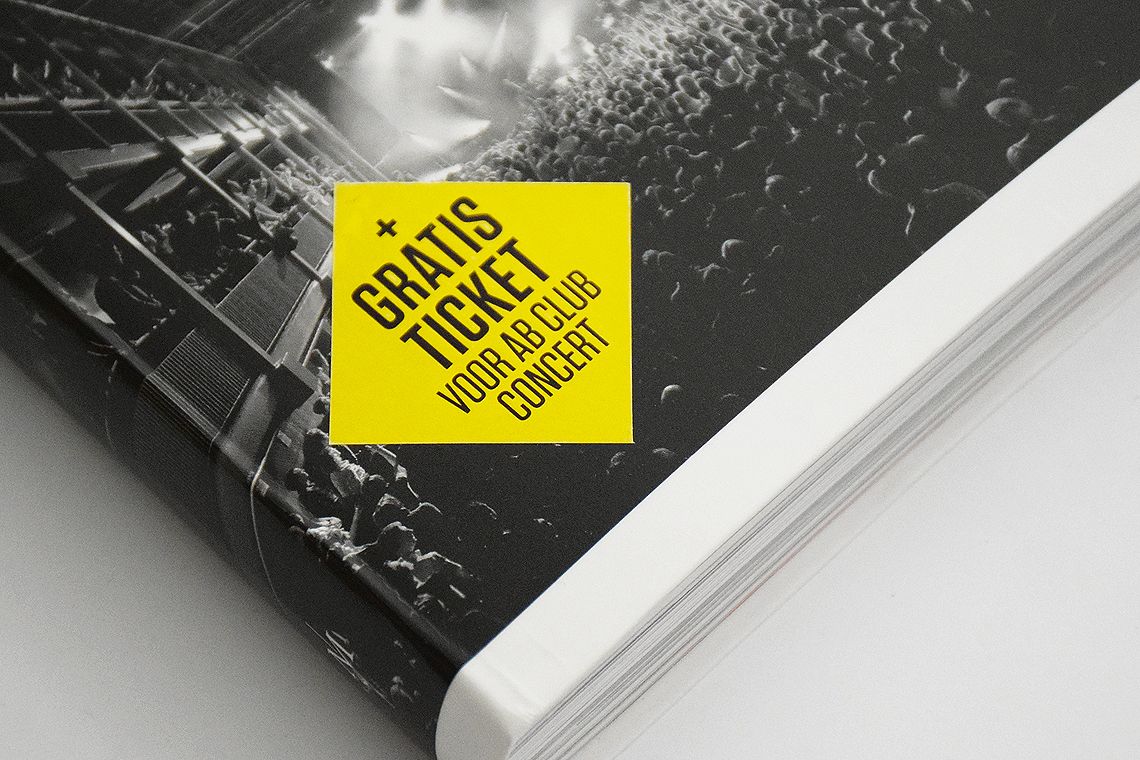Where are we now?
Besides a certain axiomatic quality, there is oft en something trivial about statements. In an age when we are being muzzled by social media into delivering quotes that are preferably as laconic as possible, 'Where are we now' received on 8 January 2013 – as far as I’m concerned – a very different meaning. It is on that day that David Bowie released the single of the same name from his penultimate album The Next Day. Via a strange video directed by Tony Oursler, Bowie predicted something that would happen three years later, that is, his death. Of course these facts lend words another weight, because this statement says something about our human condition, understood in philosophical terms.
'Where are we now' is an honest, raw observation, just as the video is. It rubs our noses as humans in the facts, in the condition in which we live, observe, muse, develop, use and consume. What is exciting is that this question does not in fact require an answer, because each answer is relevant or irrelevant, as you wish. The question is too open, too metaphorical, even though it may contain a sort of existential dimension, in the sense of: it doesn’t matter, keep going. A purely rationally-minded person might tremble at the thought of this, but the openness of the question is interesting to look at the fu ture, as in a delicate openness, knowing that each experience provides you with more insight but also raises more questions.
In a didactic environment, in which we find ourselves as teachers, 'Where are we now' sounds like a sort of roundup, a general overview to understand where the students find themselves in the process. Because for them this question is asessential and crucial as for us the teachers, in their and our founded and valued doubt, nuance and/or radicalness. It is a conversation opener, a question that can refer to a plan, a strategy, an artistic stance, but that refers just as much to the figurative ‘blank sheet’. It is a question that connects the past and the future via the present. The answers that follow can be determining for a further evolution of an artistic practice, even though the following consideration remains crucial: you can ask this question again every day, even thousands of times, like an ongoing canon, fed by an empirical attitude in which introspection, uselessness and decisiveness duel with one another. Perhaps this is an ultimate definition of an artistic practice, because how often does a decision not decide a future development and how often does a certain logic not lead to senseless blatancies?
For the sake of facility, you can place 'Where are we now' next to so many other trivial conversation openers but the openness that this question offers recognizes the unknown, the uncultivated terrain in connection with the acquired knowledge. In the context of an artistic training, you are going to look at trite utterings like 'How are you?' or 'Everything has already happened' in a very different dimension.
Info
Foreword for the master book of the St. Lucas School of Fine Arts, Antwerp. Language: English & Dutch.
